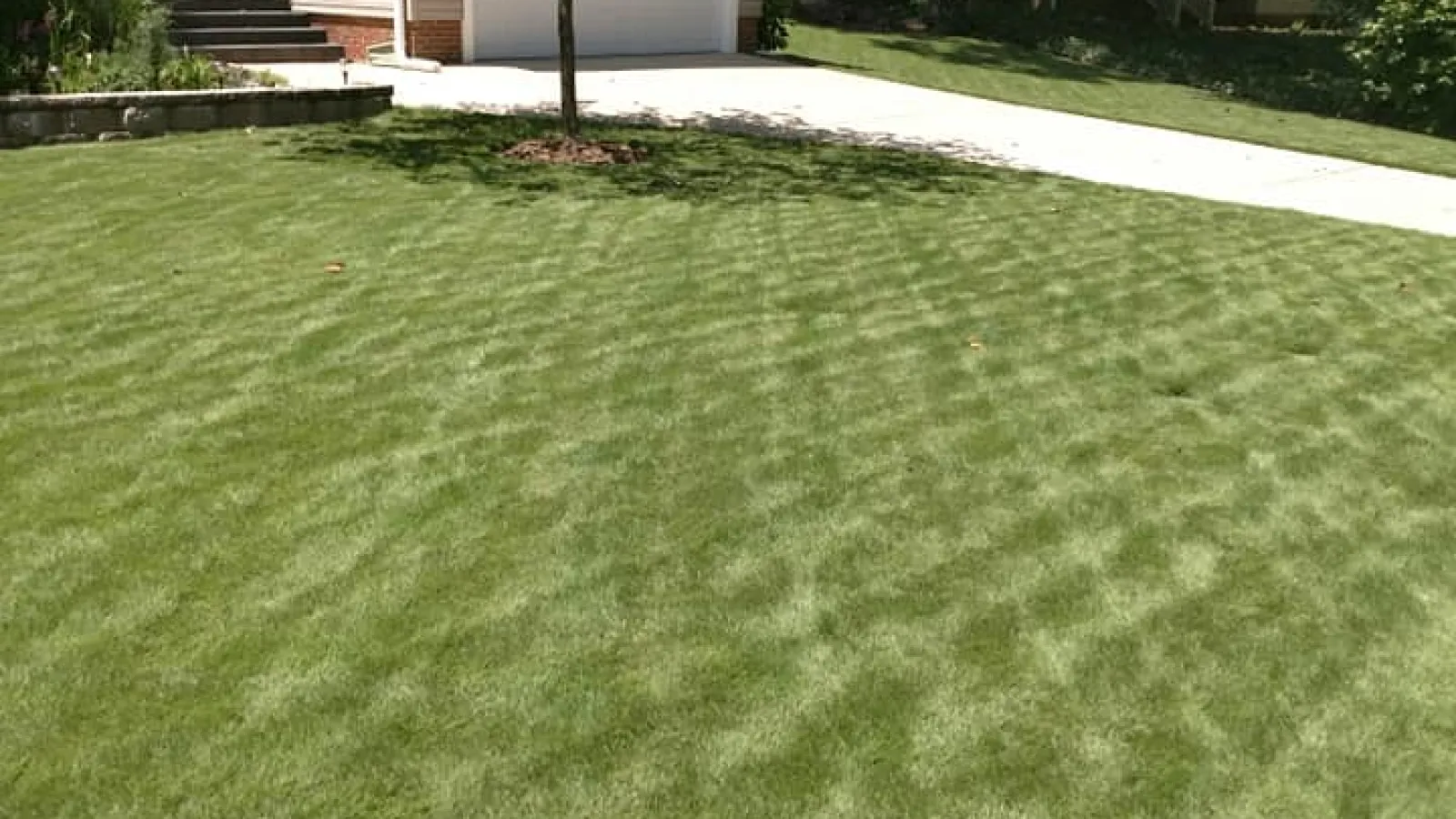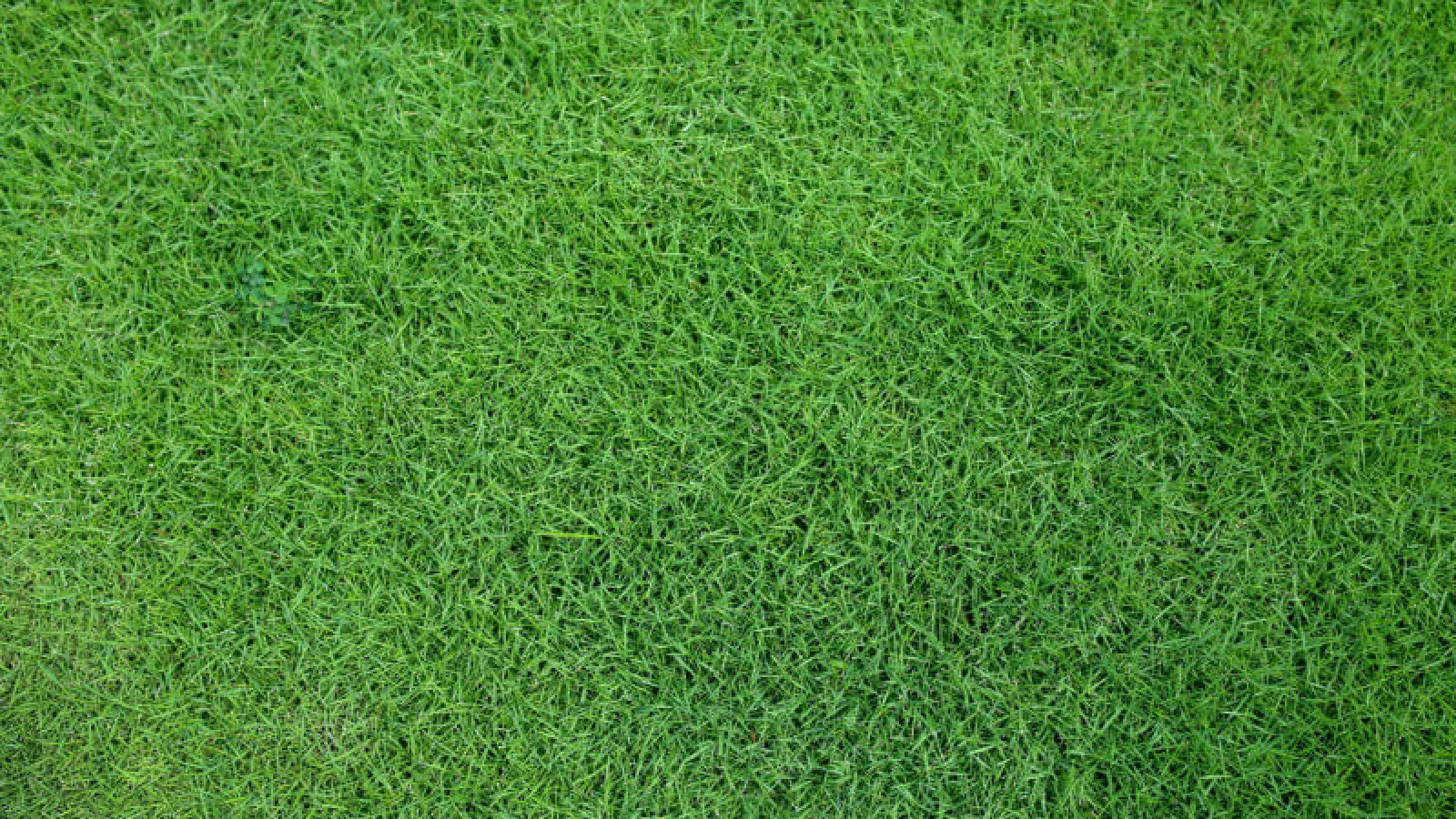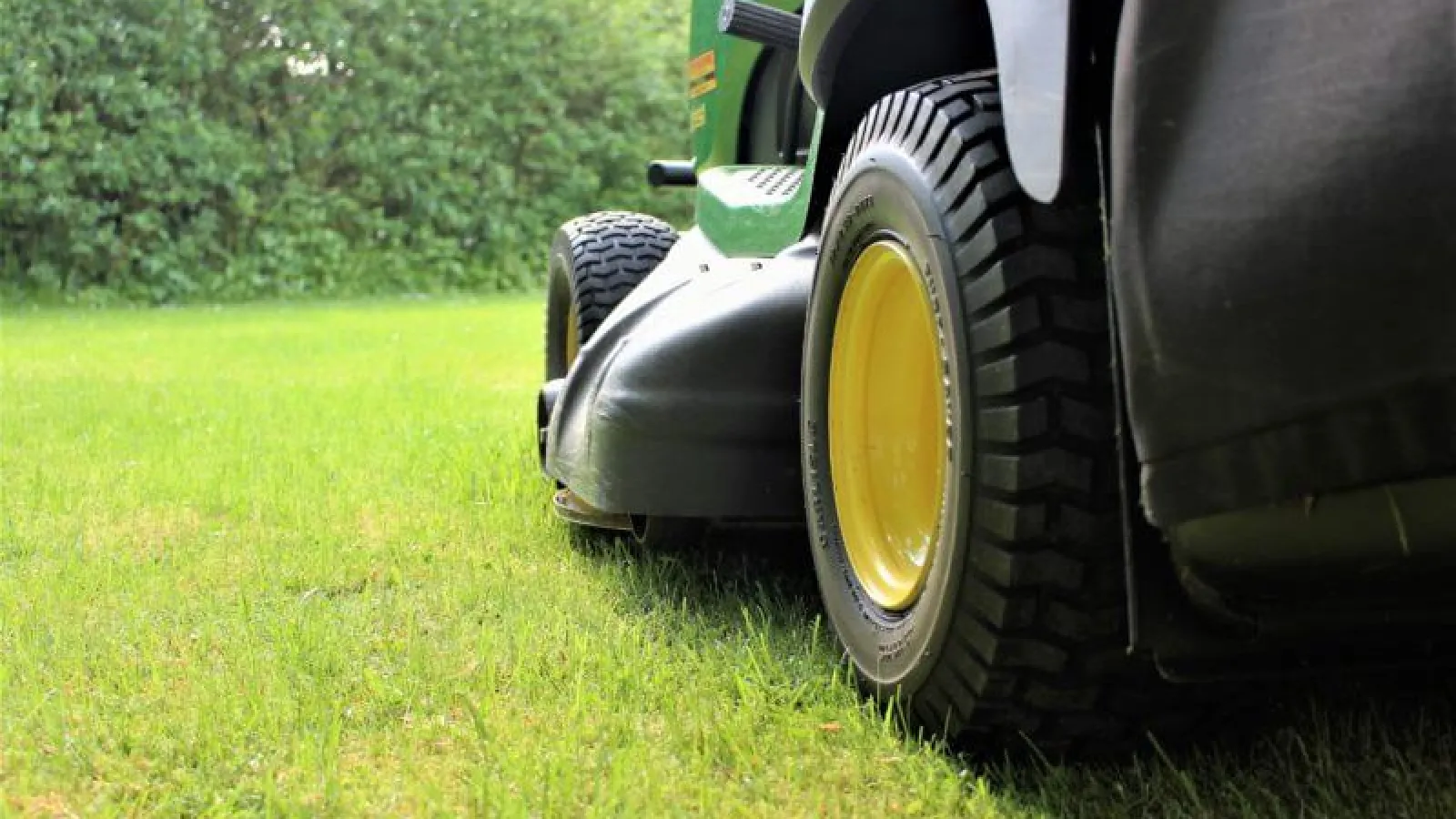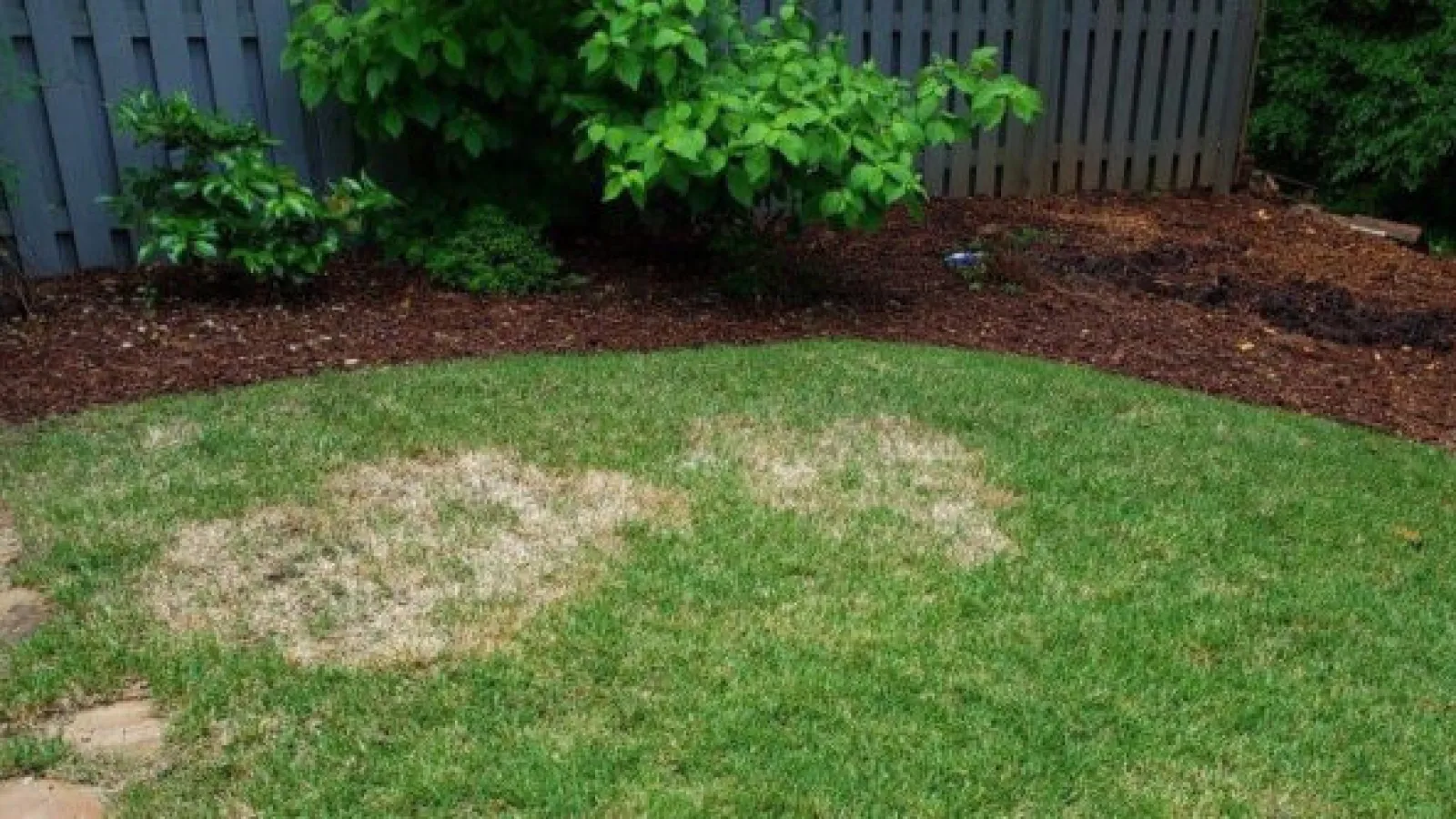Caring For Your
Zoysia Grass Lawn
Helpful tips and information about your Zoysia lawn
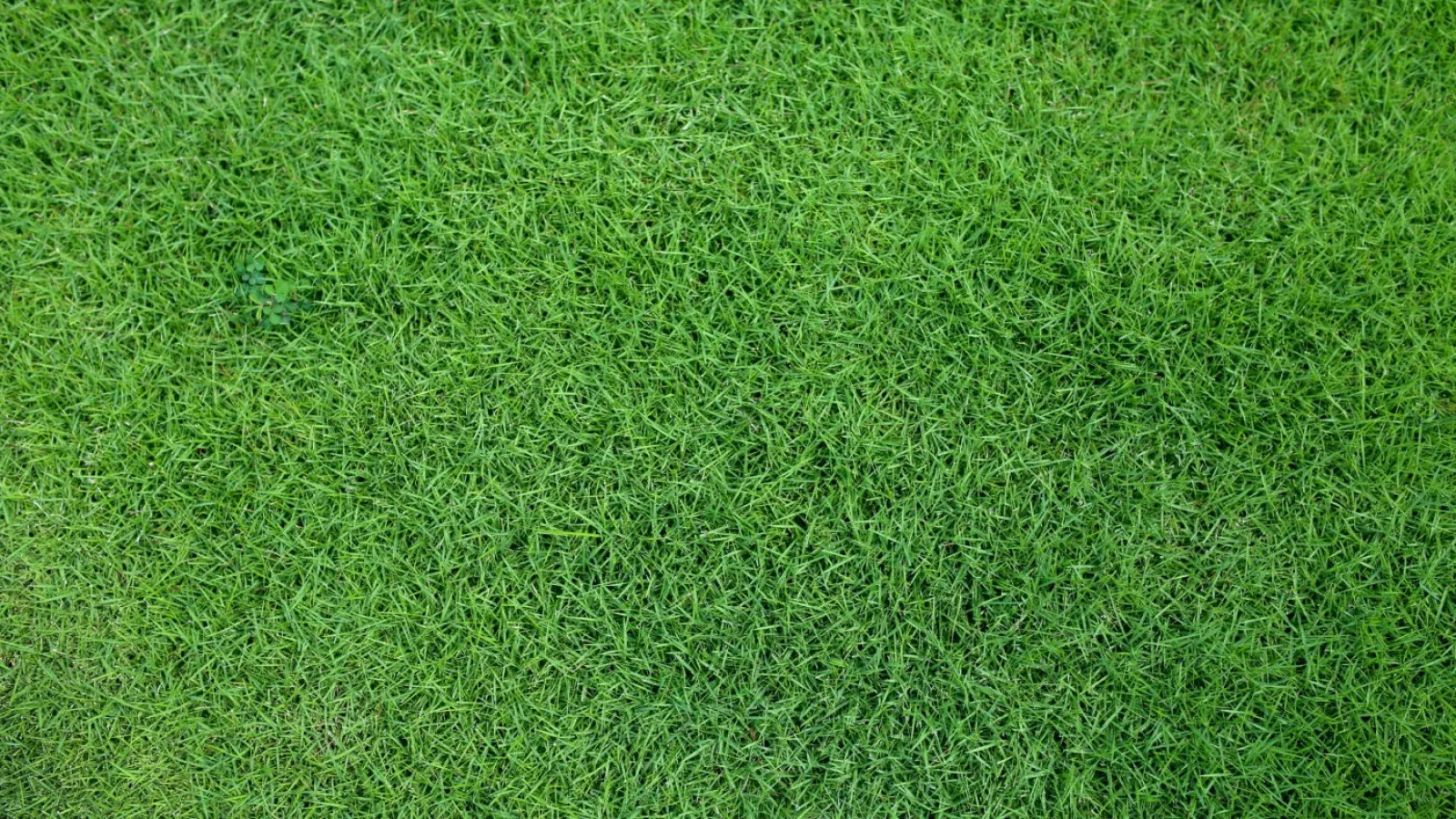
Zoysia Grass
Zoysia lawns offer superior turf density, providing a natural barrier against weeds. Zoysia is also more shade tolerant than other warm-season grasses like Bermuda. Several cultivars of Zoysia are common in our area, including Meyer, Emerald, El Toro and Zeon.
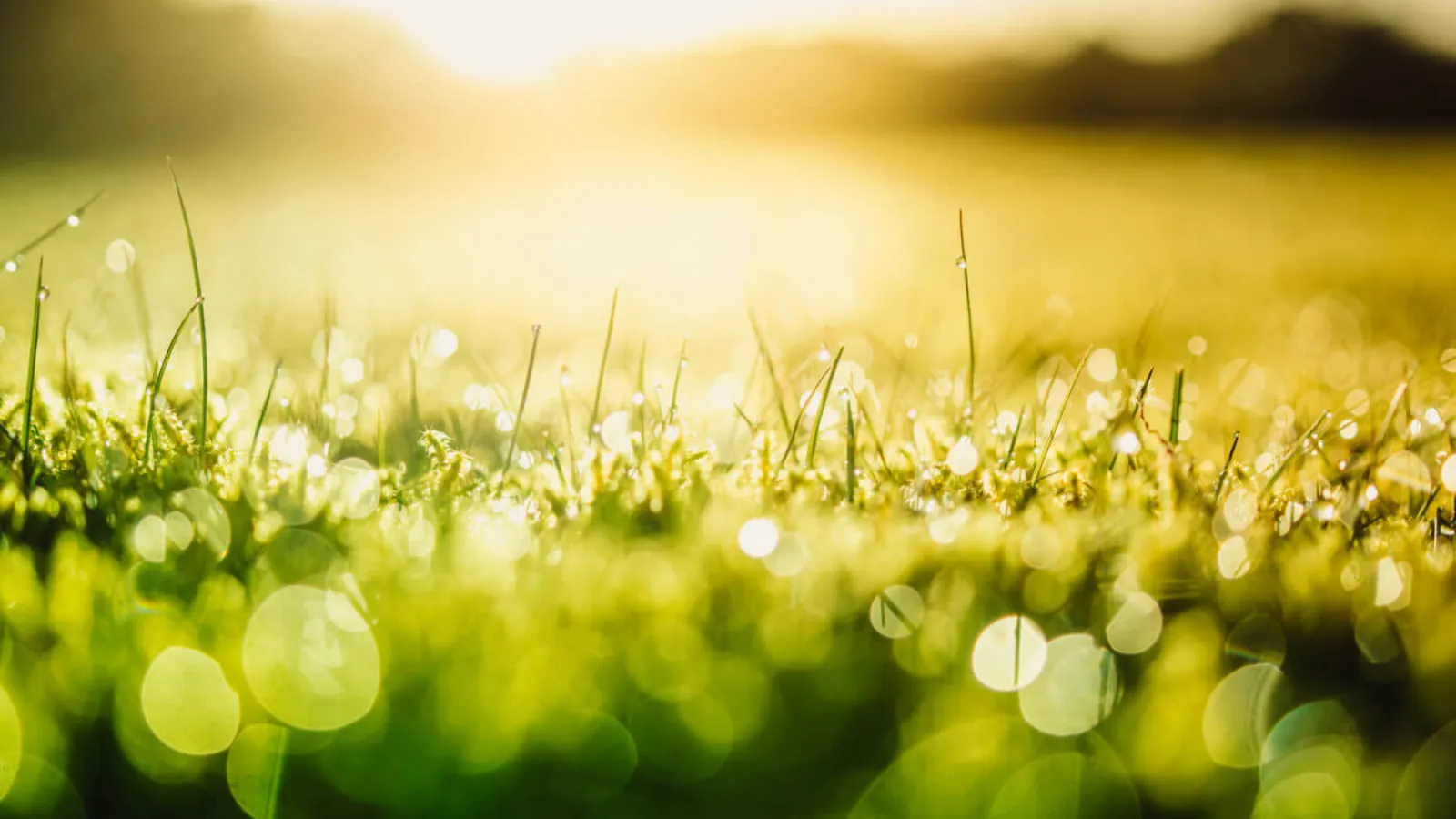
Sunlight
Sunlight is one of the most important factors in achieving a healthy Zoysia lawn. Zoysia is considered a warm-season grass. As such, it requires plenty of sunlight. At least 7 hours a day of full sunlight is recommended for most varieties. Some varieties will tolerate slightly less direct sunlight but will not achieve the density it might otherwise. Even shaded areas behind trees or between structures that would otherwise be considered full sun can contribute to the thinning of Zoysia grass. When it comes to Zoysia, with a few exceptions, there is no such thing as too much sun.
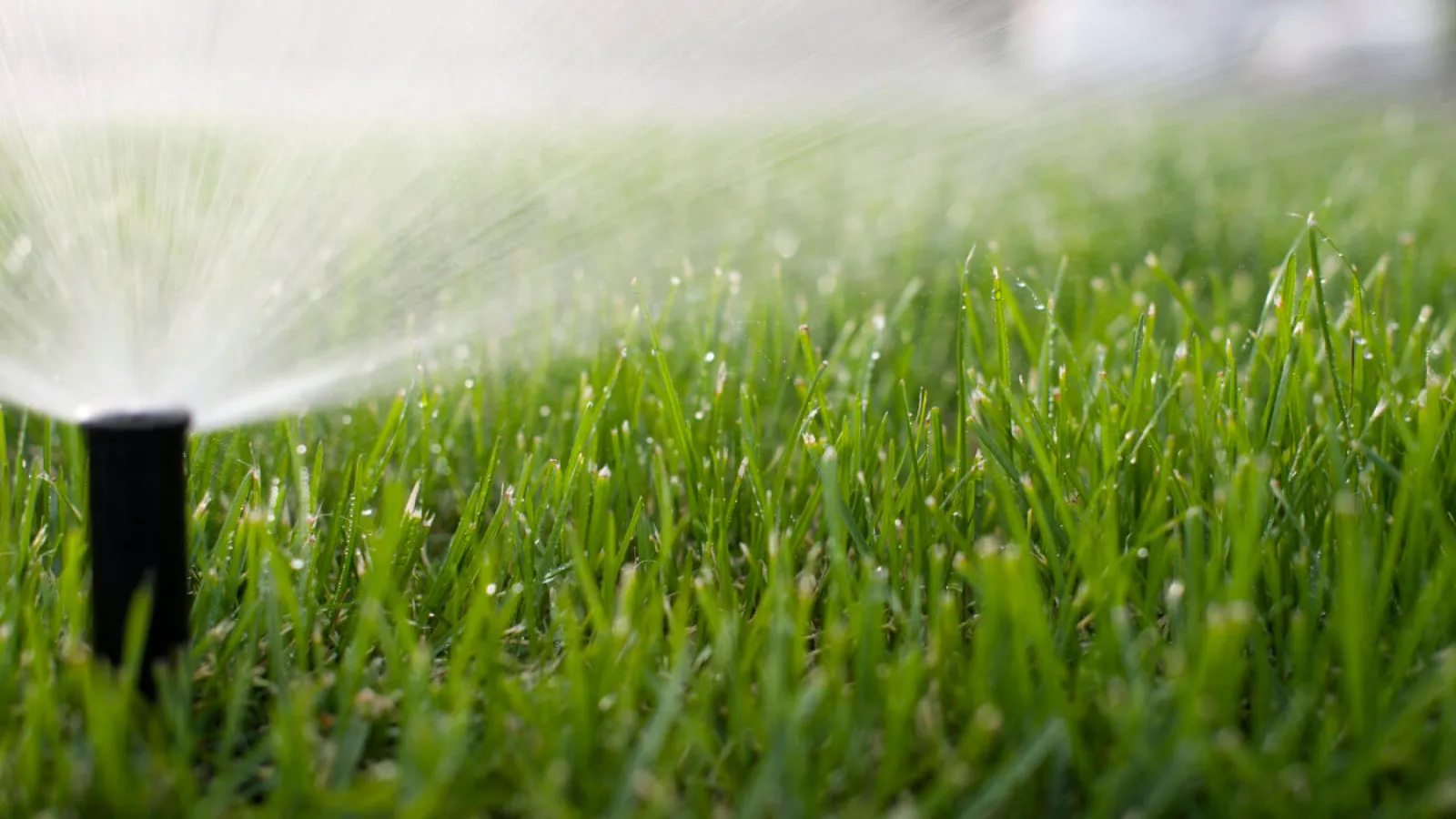
Watering
When out of dormancy (when green and actively growing), Zoysia grass typically requires 1 inch of water per week. During very hot weather, Zoysia may require as much as 2 inches per week. During times of extreme drought, Zoysia grass may go dormant. Think of dormancy as a type of hibernation. This is a survival mechanism. People often think their grass has died. When ample rainfall or water returns, the Zoysia grass will resume growth, provided this occurs in the warmer months. The soil should be well-drained. Standing water is particularly harmful to your Zoysia grass since it is prone to a fungal disease called Zoysia patch which is aggravated by dampness and humidity. Address drainage issues to alleviate standing water. Core aeration can help compacted soil. Remember, infrequent, deep watering is better than shallow, frequent watering. A good way to determine an inch of water is the tuna-can trick. Place an empty tuna can in an irrigation or sprinkler zone. Turn on the water and take note of how long it takes for the can to fill. You now know how long you need to run the irrigation to get an inch of water. The time of day you water or irrigate your lawn is important! Irrigation should be done early in the morning rather than in the evening. Evening irrigation increases the chances for fungal diseases.
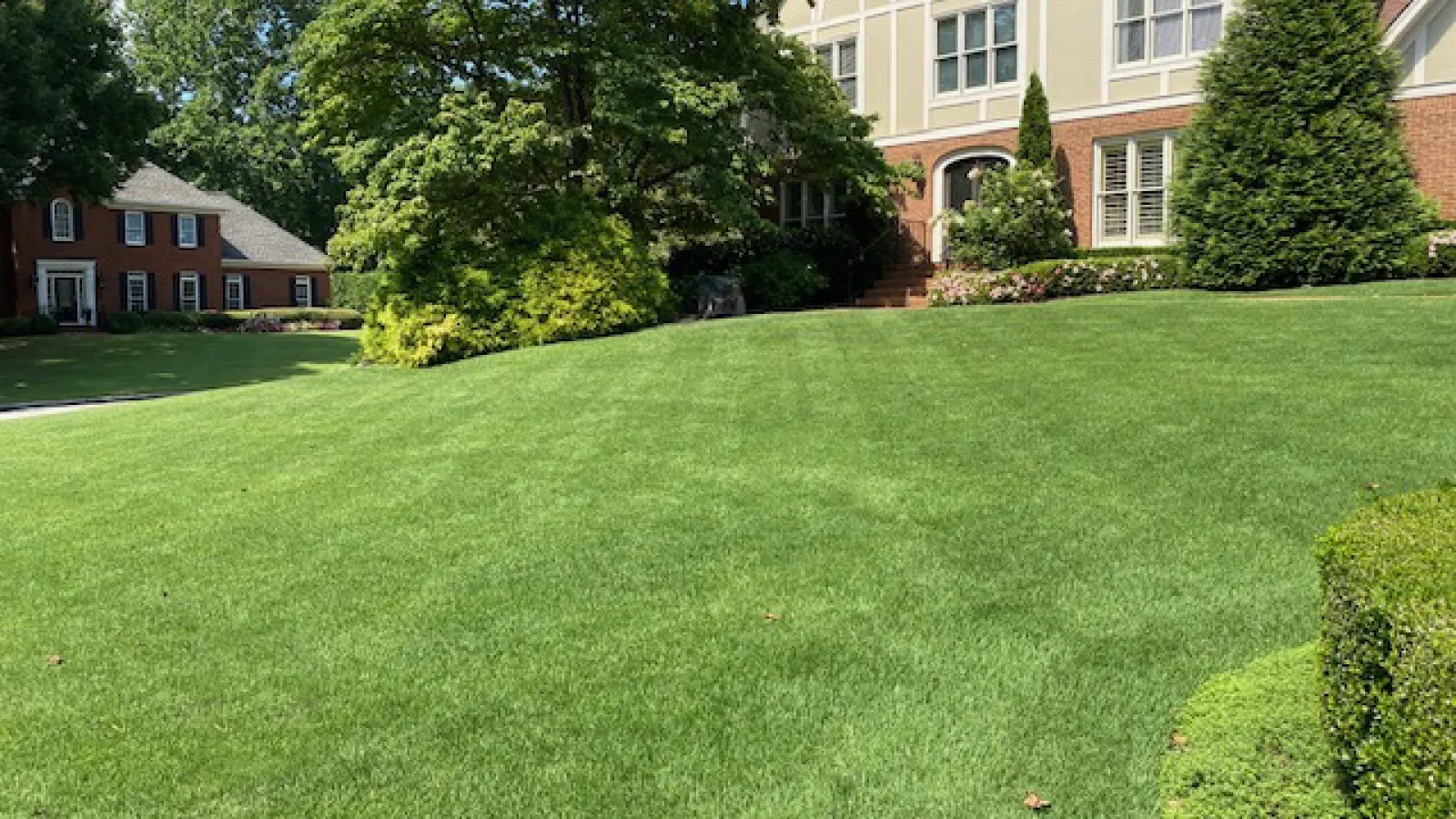
Mowing
Your Zoysia lawn should be maintained at a height between .75" and 1.5". Some of the wider blade varieties can be maintained slightly taller. You must cut the grass frequently enough so that no more than 1/3 of the grass blade is removed in one cutting. Always use a sharp blade. A dull blade tears the grass blade rather than making a clean cut. This not only makes the tips appear brown, but provides an entrance way for pathogens. While a sharp blade is important for all grass types, the turf density of Zoysia as well as its susceptibility to Zoysia patch fungus make this especially important.
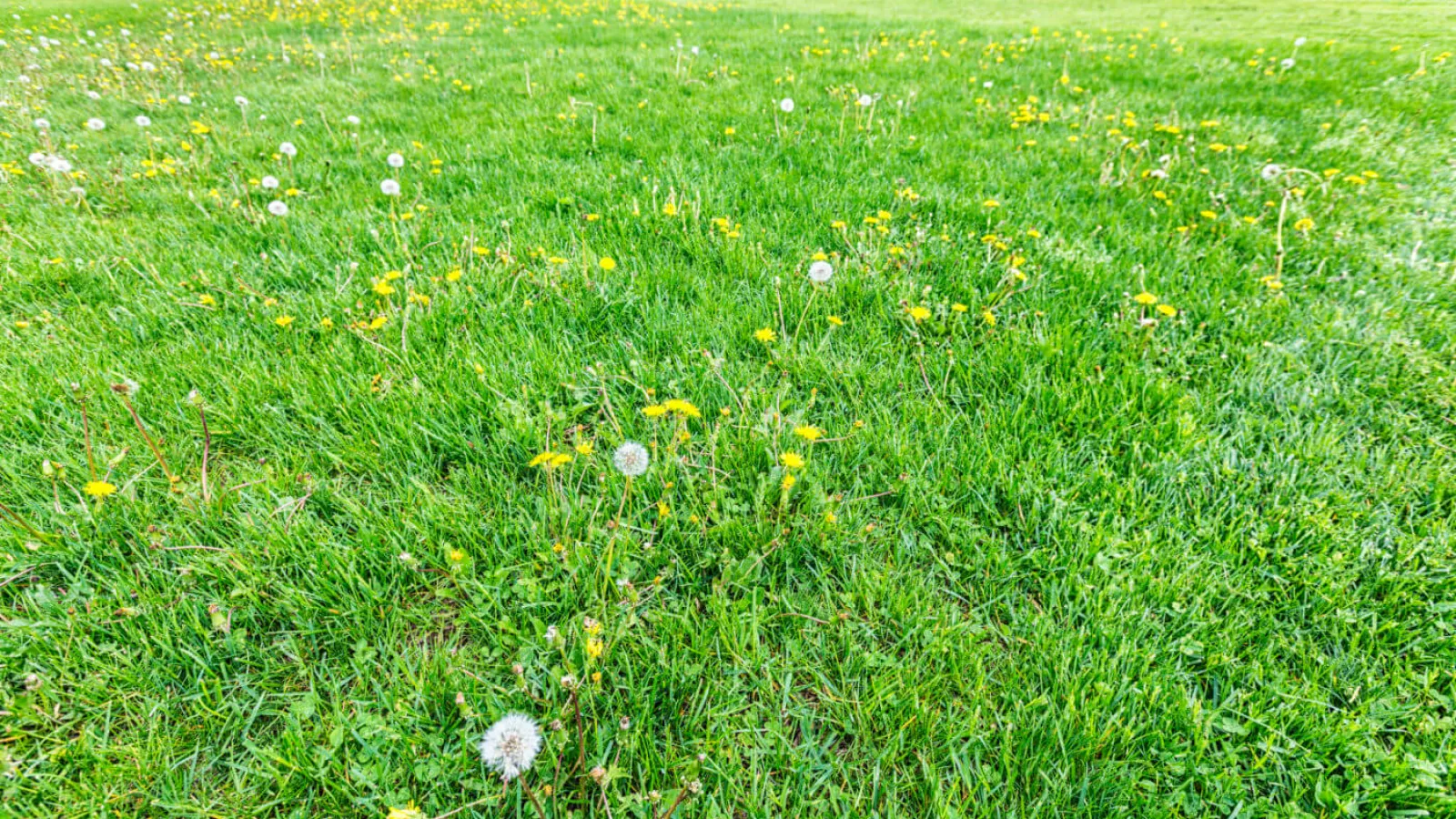
Weed Control
The Southeast United States is blessed to have two seasons of weeds: Summer weeds and winter weeds. Most of us are more familiar with summer weeds such as crabgrass and dandelions, but winter weeds such as annual bluegrass and henbit can be just as bothersome. Crabgrass and annual bluegrass (Poa Annua) are particularly troublesome because they can displace the Zoysia grass, stealing valuable nutrients from your lawn. Once established, these weeds can be difficult to eradicate. Although the density of Zoysia helps provide a natural barrier to weeds, it is by no means, "weed free". That's why we provide four pre-emergent (weed prevention) application rounds per year. Two in the spring and two in the fall. These pre-emergent act by preventing weed seeds from rooting in the soil and are effective on a broad variety of weeds. Newly sodded lawns require a special type of pre-emergent that prevent weed seeds from sending up new shoots. While this type of pre-emergent does not prevent as many types of weeds, it is very good at preventing grassy weeds and will not harm new sod. This product is not available without a special license. We can't prevent all weeds. So when one of our Route Managers treat your lawn he or she will spot treat any existing weeds. This is called post-emergent weed control. Should you decide to do your own weed control, please read and follow all product instructions. Please be extra careful with post-emergent weed control. Remember, Zoysia never goes completely dormant. During all times of the year it is susceptible to damage from improperly applied herbicides.
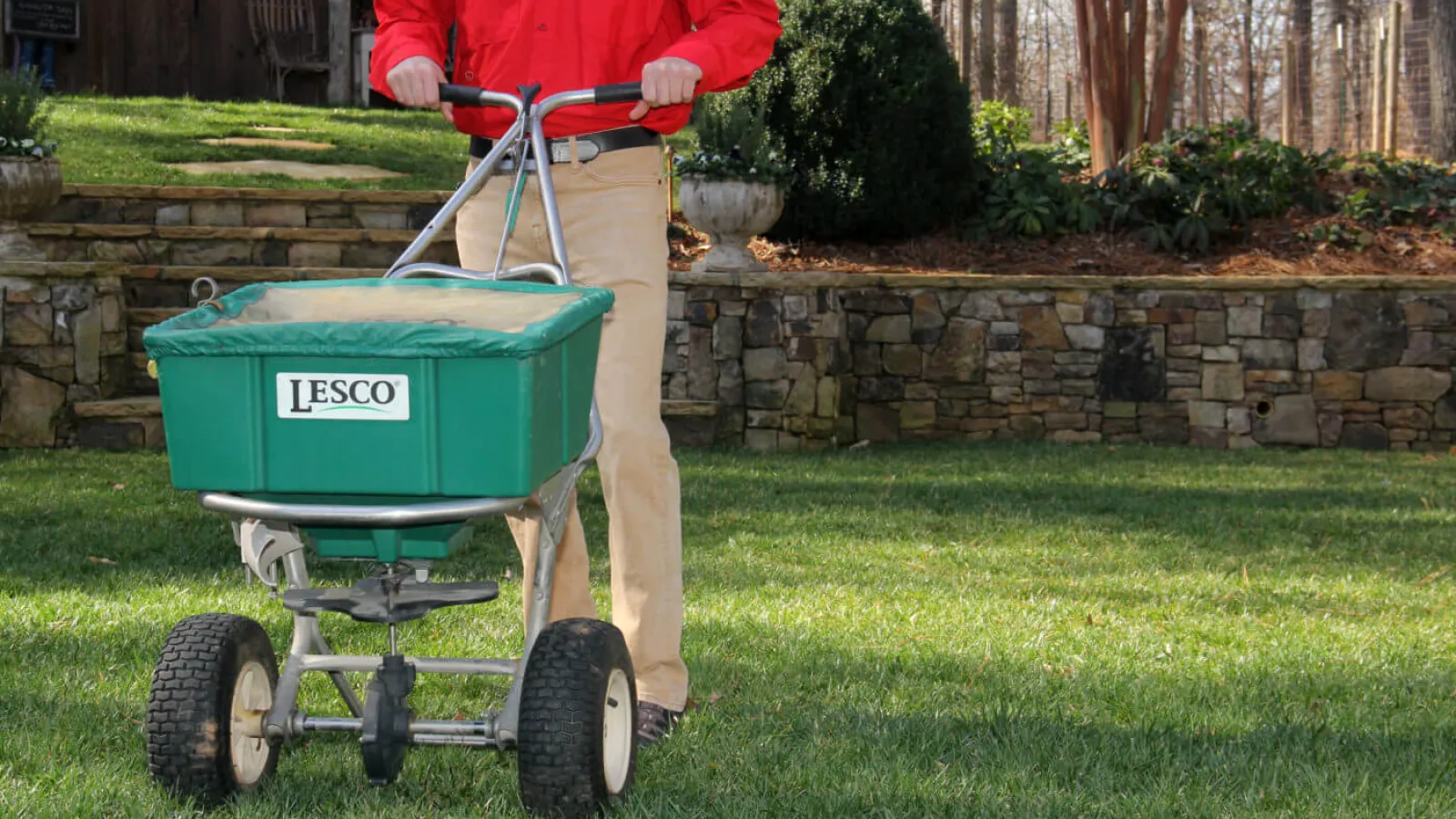
Fertilization
Zoysia grass is a high user of nitrogen. That's why we provide plenty of high-quality nitrogen as well as other nutrients throughout the year that your lawn needs. But be careful. Fertilizers containing high percentages of nitrogen can "burn" or "streak" your lawn when misapplied. While fertilization is important, so is the timing of the application. Never put heavy nitrogen fertilizer applications on dormant Zoysia. Also, nitrogen should never be added too late in the season. This can increase the chances of certain diseases. If you have questions about when to fertilize your Zoysia lawn, feel free to contact us, even if you are not a customer. Also, your county extension agent is a great resource.
We use commercial-grade spreaders calibrated for the products we use. These fertilizers allow for time released feeding to prevent damaging your lawn and to constantly release nutrients between applications. Additionally, our Route Managers receive ongoing continuing education on the best way to apply these products. Should you choose to do it yourself, we recommend you choose a slow release fertilizer as well. Always read and follow the product label.
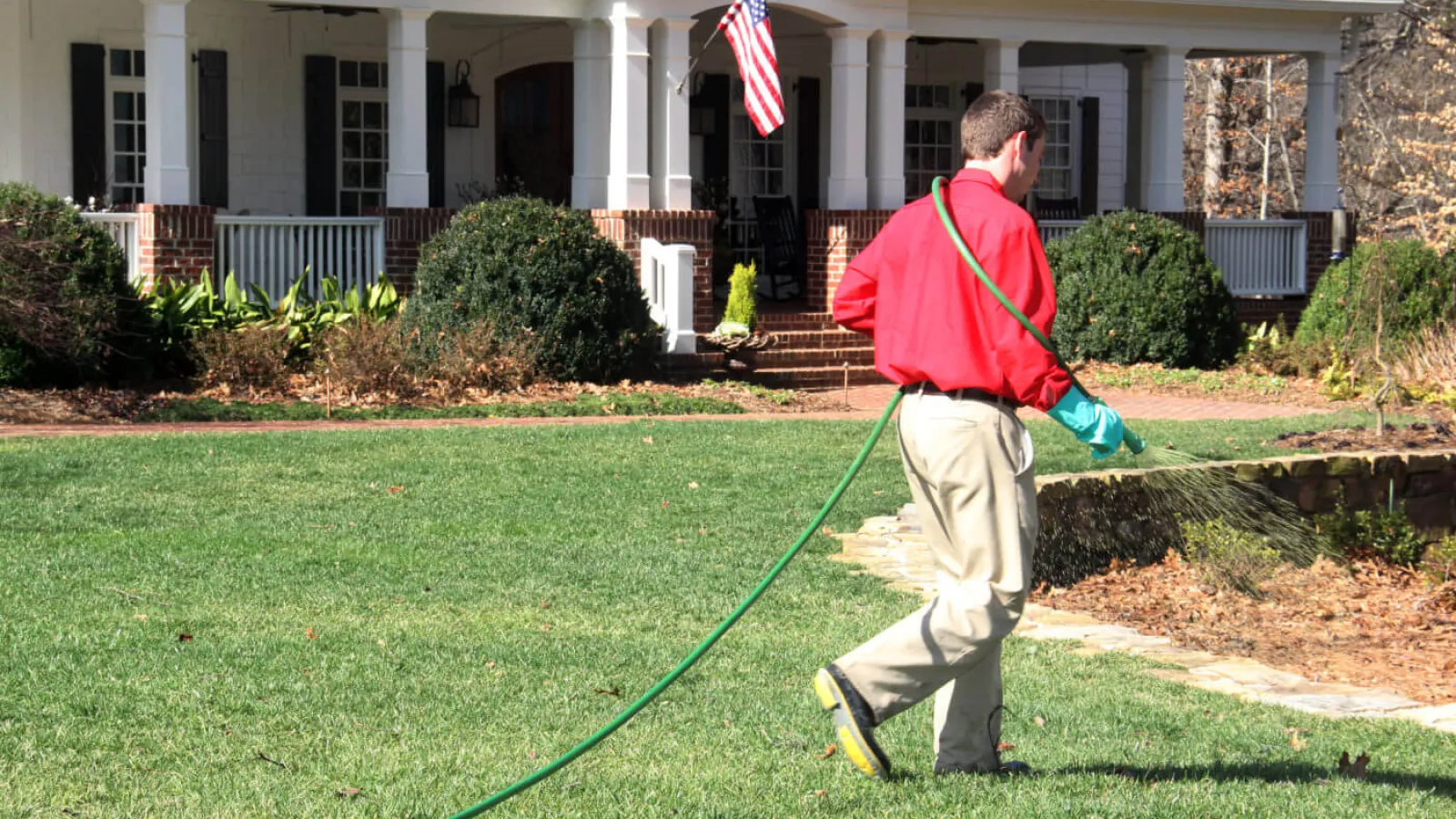
Nutrients
The soil throughout much of the Southeast is considered acidic or low on the "pH" scale. For optimal results, Zoysia grass requires a more neutral pH of at least 6.5. For this reason, it is recommended that granular lime (a calcium-containing material) be spread evenly across the turf to raise the soil pH toward a more neutral or alkaline level. We typically do this on warm-season grasses like Bermuda and Zoysia grass in the early Fall.
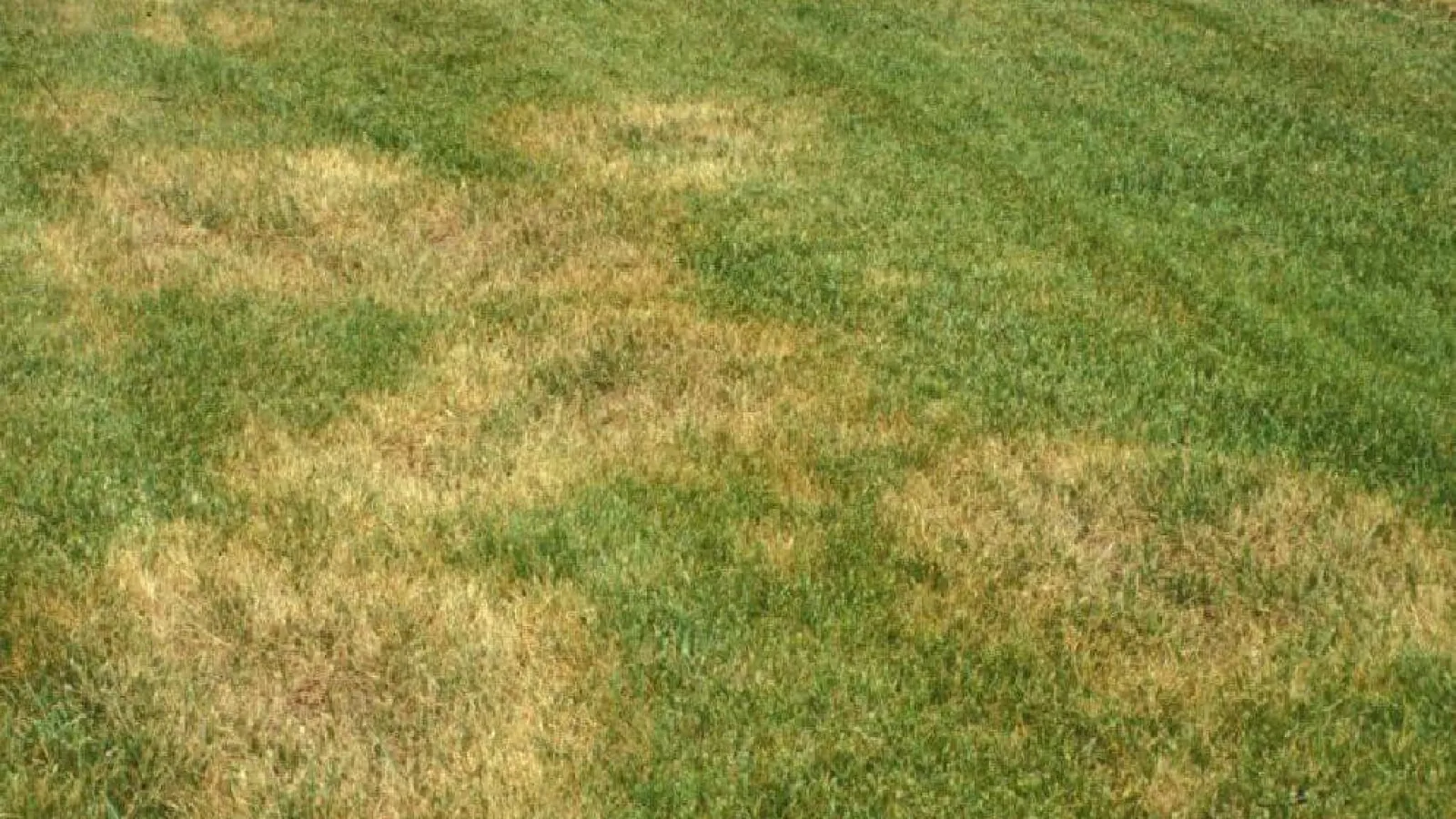
Zoysia Patch Fungus
Zoysia Patch fungus does not kill the grass. It does however create large, unsightly patches that will continue to grow throughout the growing season. Although not dead, these patches will take time to recover. We recommend three fungicide treatments per year for Zoysia lawns. One in the spring and two in late summer and fall.
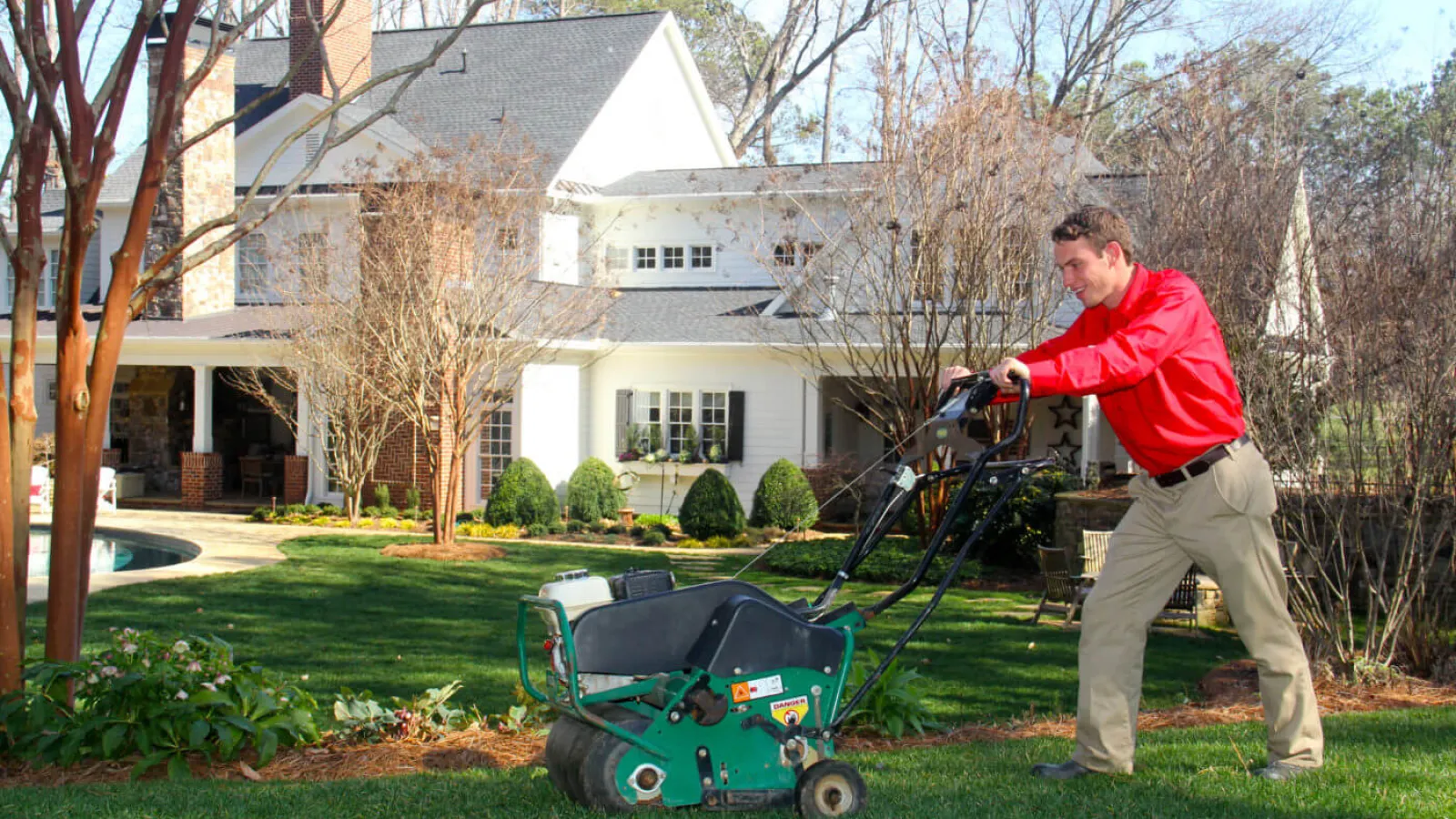
Core Aeration
Core aeration is an important and often overlooked cultural practice in achieving the best from your Zoysia lawn. Core aeration is the process of removing thousands of "plugs" from your lawn. These plugs are about the size of a wine cork. This process does many things. It loosens the soil providing better oxygenation. It drives root depth, helping your lawn better tolerate drought. It allows granular fertilizers to better incorporate into the soil. It helps with drainage and helps prevent Zoysia patch. Because Zoysia grass spreads by special surface roots called stolons, these stolons are often cut during the process of core aeration. When they are cut, they multiply, helping your lawn grow thicker faster.
Frequently Asked Questions About Zoysia Grass
How do I care for my Zoysia in the winter months?
Dormant Zoysia lawns do not need winter mowing. Zoysia grass needs to receive 1 to 1 1/4 inches of water per week. Spot-treat winter weeds.
What are some common Zoysia grasses in the southeast?
Meyer Zoysia is a medium textured variety. From a distance, it may have the appearance of Fescue, except of course in the cooler months when it is dormant (unlike Bermuda grass, Zoysia never goes completely dormant).
Emerald Zoysia is a very fine textured grass. When maintained at a low height, it may resemble a putting green.
El Toro Zoysia is a newer variety that resembles Meyer Zoysia but with better cool weather retention and faster growing.
Zeon Zoysia is a fine-textured grass with improved shade and drought tolerance.
How much water does Zoysia grass need when it's actively growing?
Zoysia grass typically requires 1 inch of water per week. During very hot weather, it may require as much as 2 inches per week.
Can I overwater my Zoysia?
Yes, too much water for zoysia could be a bad thing. Zoysia is fairly drought tolerant and doesn't do well with standing water or overwatering. Too much water can make your Zoysia lawn susceptible to disease and damage the roots.
How often should I mow Zoysia lawn?
We recommended mowing frequently enough so that you never cut more than 1/3 of the grass blade in one cutting. Your Zoysia lawn should be maintained at a height between .75 and 1.5 inches. Some of the wider blade varieties can be maintained slightly taller.
How much sunlight does Zoysia grass need?
Zoysia loves the sun. At least 7 hours a day of full sunlight is recommended for most varieties.
